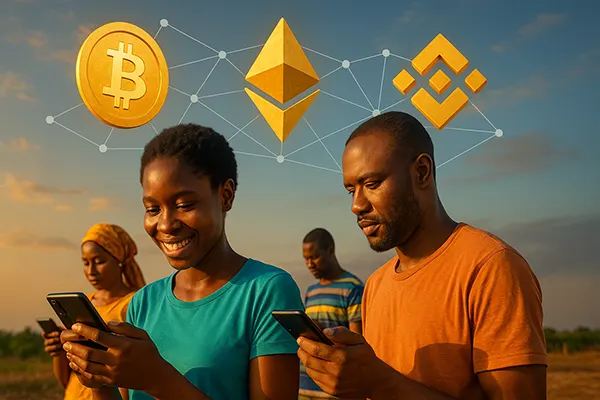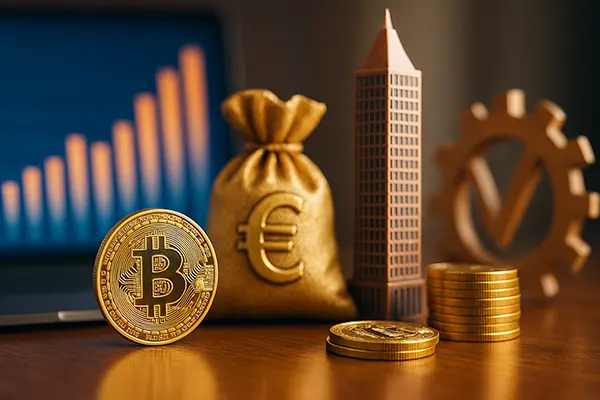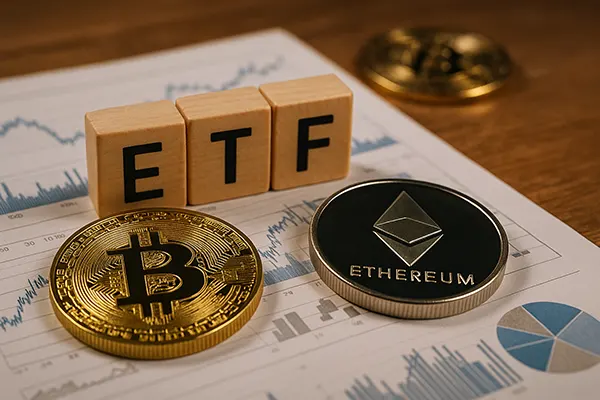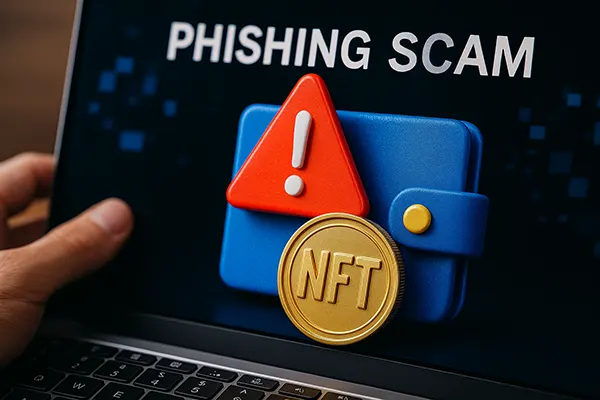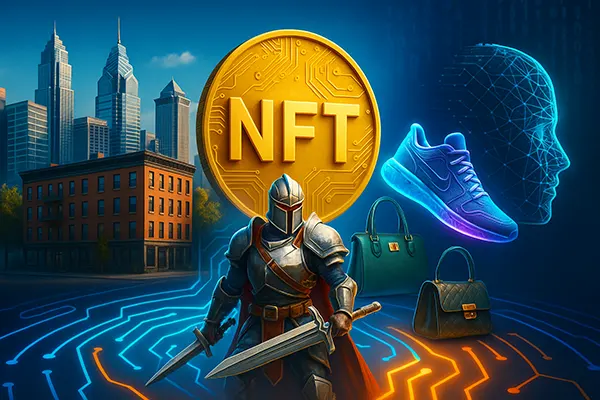
The Future of NFTs in 2025: From Digital Art to Tangible Assets
NFTs, or non-fungible tokens, have evolved significantly since their popularisation through digital art and collectibles in the late 2010s and early 2020s. By 2025, the scope of their application has expanded well beyond artwork and gaming assets, touching industries like real estate, supply chains, identity verification, and even intellectual property. The market has matured, regulations are becoming clearer, and new utility-based platforms are driving mainstream adoption.
Expansion of NFTs Beyond Art
While digital art remains an important part of the NFT ecosystem, 2025 marks a turning point where NFTs are being used to represent ownership of real-world items. Real estate tokenisation has gained traction, allowing users to purchase fractions of properties via blockchain. This fractional ownership model lowers the barrier to entry for investors and improves asset liquidity.
Beyond real estate, luxury items such as watches, sneakers, and high-end handbags are now often accompanied by NFTs that serve as certificates of authenticity. These digital assets offer tamper-proof records of ownership and provenance, adding an extra layer of security for buyers in secondary markets.
Supply chains are also being transformed with NFTs used to track the origin and movement of goods. By assigning NFTs to batches or individual products, companies ensure transparency, prevent counterfeiting, and enhance consumer trust. This use case has been particularly impactful in the pharmaceutical and food industries.
Gaming and Entertainment Integration
The gaming industry continues to be one of the most innovative adopters of NFTs. By 2025, major game publishers have incorporated blockchain-based economies into AAA titles, where players truly own their digital assets—ranging from weapons and skins to entire in-game territories. These assets can be traded across marketplaces or even used in multiple games, thanks to emerging interoperability standards.
Streaming platforms and music distribution services have also begun leveraging NFTs. Musicians and content creators offer limited-edition albums, exclusive content, or early access passes through tokenised media. This direct-to-fan monetisation model has reduced reliance on traditional intermediaries and empowered independent creators.
Additionally, NFTs are being used for ticketing and event access. Concert and sports event organisers are issuing NFT tickets to combat scalping and forgery. The blockchain ensures each ticket’s authenticity and enables secure resale mechanisms, providing more control and fairness for fans and organisers alike.
Investor Opportunities and Risks
The investment landscape for NFTs has matured. Institutional investors now actively participate in NFT funds, and regulated NFT exchanges have emerged. Platforms like OpenSea, Rarible, and newer players such as Blur and LooksRare have refined their models, offering tools for analytics, tax reporting, and insurance.
With clearer legal frameworks, especially in the EU and the US, investors have better guidance on asset classification and taxation. However, the market remains volatile. Regulatory compliance, project legitimacy, and technology risks continue to be critical considerations for both retail and institutional stakeholders.
Innovative financial products are now built around NFTs. From collateralised lending—where users lock NFTs in smart contracts to obtain loans—to NFT staking protocols that reward users for holding digital assets, the DeFi-NFT convergence presents exciting yet complex opportunities.
New Platforms and Interoperability
One of the biggest drivers of NFT evolution in 2025 is the rise of cross-chain platforms. Solutions like LayerZero and Wormhole facilitate NFT transfers between different blockchains, making assets more liquid and usable across ecosystems. This solves a long-standing issue of siloed collections limited to a single chain.
In addition, Layer 2 solutions such as Arbitrum and Optimism reduce transaction fees and increase speed, making NFT interactions more accessible. These platforms now host entire NFT-based applications, from marketplaces to play-to-earn games, with seamless user experiences that rival traditional Web2 interfaces.
Startups and enterprise-level companies alike are investing in NFT infrastructure, recognising their potential to create transparent, secure, and immutable digital records. With better scalability and user-friendly wallets, onboarding the next wave of NFT users is more achievable than ever before.
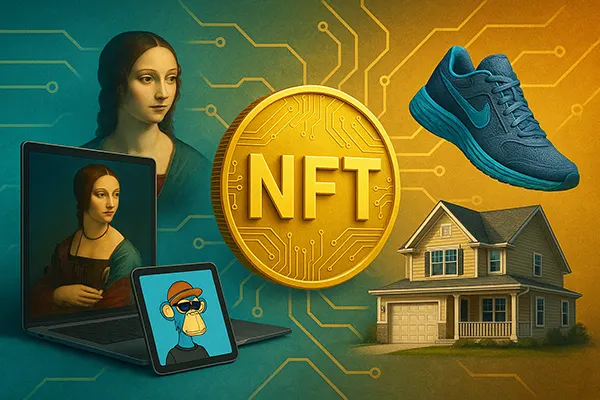
Real-World Use Cases and Identity
Government and educational institutions are also embracing NFTs. In 2025, many universities issue NFT-based diplomas that serve as tamper-proof credentials. Employers and verification services can easily validate these records, reducing fraud and administrative workload.
Similarly, some governments have begun piloting NFT-based identity systems, allowing citizens to control access to their personal data. These decentralised IDs are designed to be privacy-centric, with cryptographic verification ensuring data integrity while maintaining anonymity.
Healthcare has also seen NFT integration, particularly in patient data management. Patients can now hold encrypted NFT records of their health history, which they can selectively share with clinics or providers. This improves efficiency, data security, and individual control over sensitive information.
The Road Ahead for NFTs
As NFTs continue to evolve, the focus shifts from hype to utility. Successful projects are those that deliver tangible value, address real-world challenges, and operate within clear legal and ethical boundaries. Community engagement, transparency, and sustainability have become core pillars of reputable NFT ecosystems.
The future also includes a deeper integration with AI and IoT. Smart NFTs that can update their data based on real-world events, or interact with devices, are already in development. This will blur the line between digital and physical assets, making NFTs even more integral to the future internet.
Ultimately, NFTs are no longer confined to speculative collectibles. In 2025, they represent a paradigm shift in how we define, trade, and interact with value—both online and offline. Their future lies in practical, scalable, and user-centred applications that benefit individuals and industries alike.

